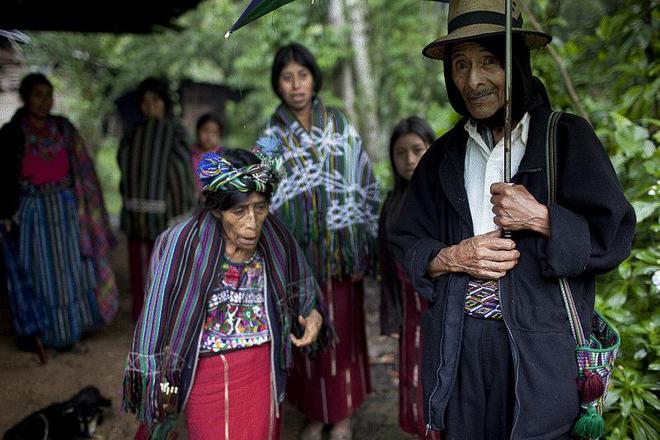A TEAM of archaeologists from the Slovak Archaeological and Historical Institute (SAHI), led by Milan Kováč, has completed their third season of researching pre-Colombian Maya settlements in Guatemala. The research team has focused primarily on a settlement in Uaxactún, one of the most important and oldest Mayan sites in this Central American country.
During this past season SAHI researchers revealed the oldest phase of the Uaxactún settlement, dating back to 700 BC even though most of their activities have involved the period between 100 BC and 200 AD – known as the pre-classical period. The SAHI archaeologists uncovered a second acropolis this past season after they had earlier discovered the first. Both acropolises are massive constructions, probably built in accordance with Mayan legend about how the world was created and likely used the residence for kings.
Kováč told the SITA newswire that the most significant accomplishment this year was completion of the excavation of two monumental masks of the so-called Jaguar God of the underworld. The two stucco masks each cover an area of about 90 square metres and are thought to be the largest pieces of their kind in the whole Mayan region. SAHI has started restoring and conserving the masks.
The SAHI team also unearthed a second Mayan town, identified as Dos Torres, in a primeval forest only five kilometres south-east of Uaxactún. The Slovak researchers are also continuing excavations in the Petén area where SAHI earlier unearthed the Tz’ibatnah settlement. The discoveries of the Slovak team have drawn the attention of the media and global archaeological experts. The SAHI research in Guatemala is supported by the honorary Guatemalan consulate in Slovakia and is expected to continue in future years.



 (source: TASR)
(source: TASR)